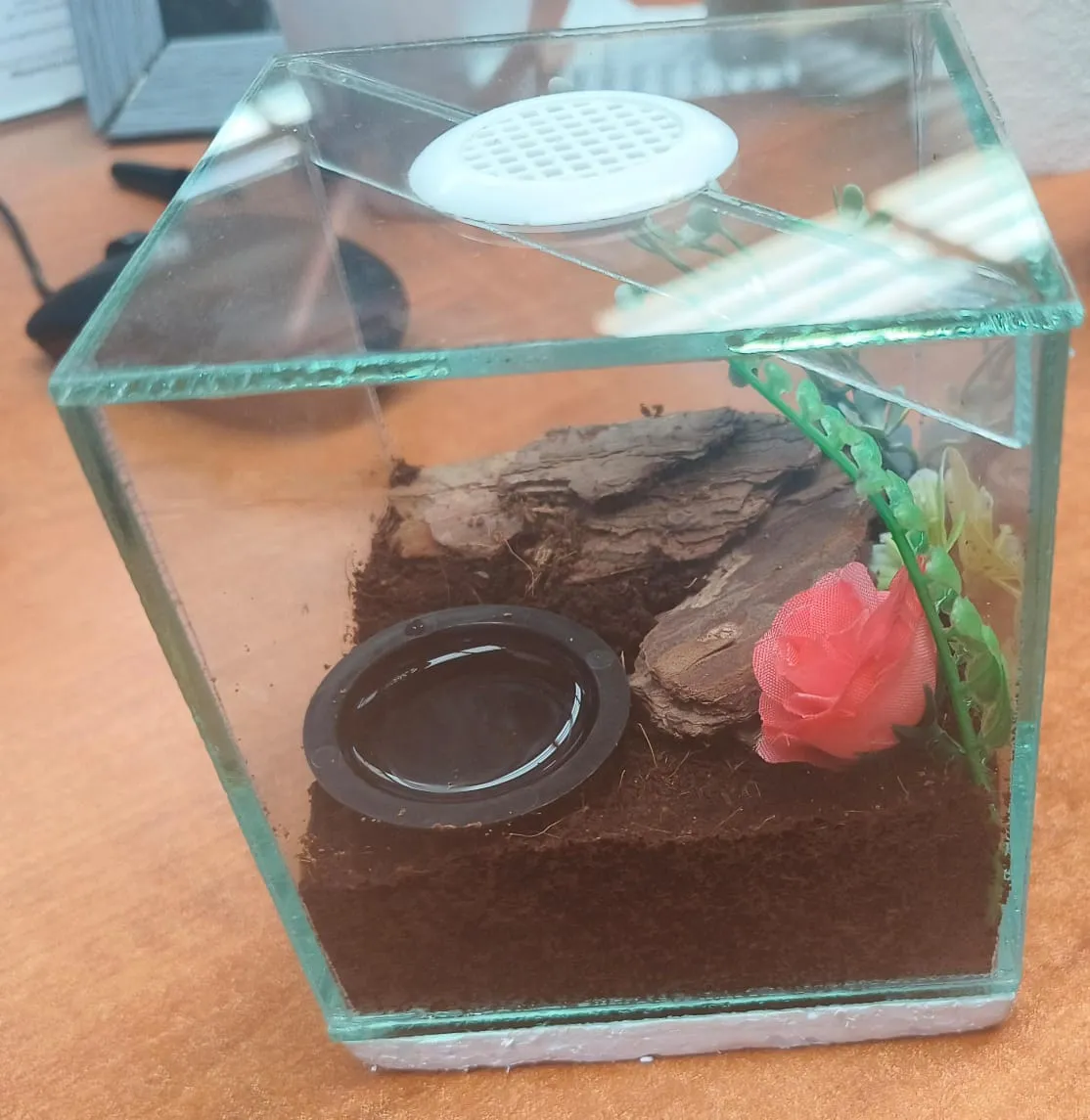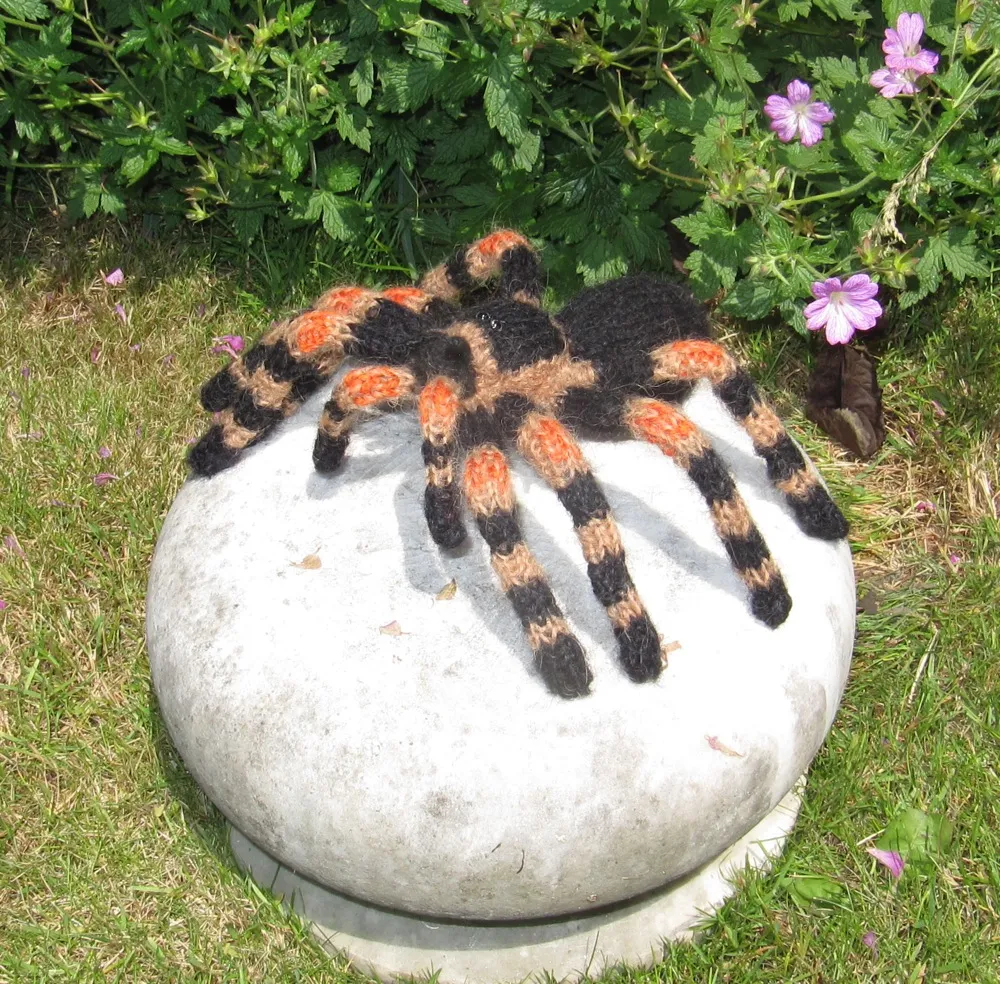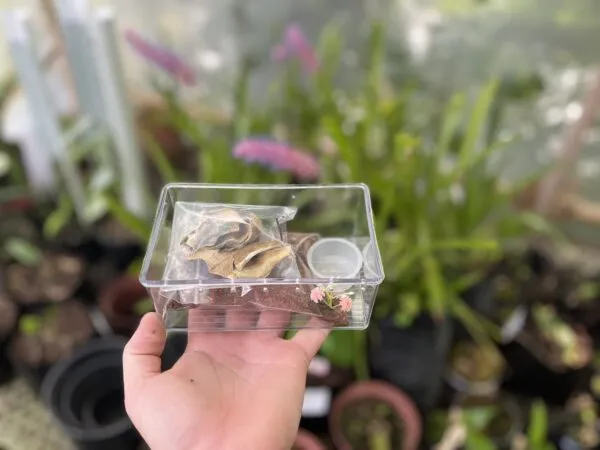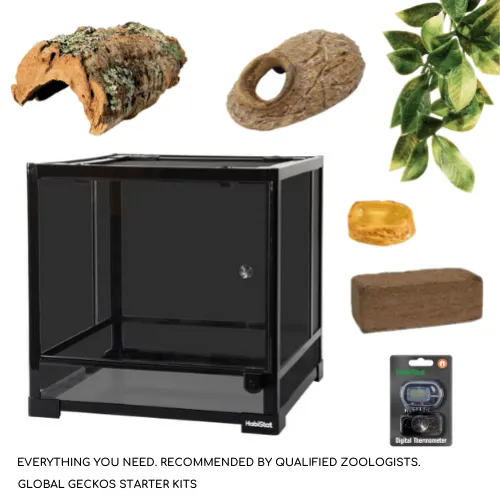What is a Pet Tarantula Starter Kit?
A pet tarantula starter kit is a comprehensive package designed to provide all the essential items needed to successfully house and care for a tarantula. It simplifies the process for beginners, eliminating the need to individually source each component. These kits typically include the enclosure, substrate, water dish, and sometimes even decorations and basic care guides. The primary purpose of a starter kit is to create a safe and suitable environment for your new pet, mirroring its natural habitat as closely as possible. This also helps to ensure the tarantula’s well-being and reduces the likelihood of common issues that can arise from improper setup. Considering the convenience and cost-effectiveness, a starter kit is a practical choice for those entering the world of tarantula ownership.
Essentials Included in a Tarantula Kit
The components within a pet tarantula starter kit vary by manufacturer, but generally include a few key essentials. A secure and appropriately sized enclosure is the foundation. This could be a glass terrarium or a plastic container, designed to keep the tarantula safely inside. The kit typically provides substrate, such as coconut fiber or peat moss, which mimics the tarantula’s natural habitat and helps regulate humidity. There is often a water dish for hydration and some form of decoration, such as a hide or artificial plants, to provide the tarantula with a sense of security. Many kits also incorporate heating elements, like a heat mat, and hygrometers or thermometers to monitor and control environmental conditions. Finally, some kits may include a care guide, feeding tongs, or a small supply of food, although these items aren’t always standard.
The Enclosure Setup

Setting up the enclosure correctly is vital for your tarantula’s health and happiness. Begin by selecting a suitable location away from direct sunlight and drafts. The enclosure should be placed in a quiet area to minimize stress. Once you have the enclosure, add the substrate to a depth appropriate for the tarantula species; terrestrial species need more than arboreal ones. Incorporate a hide, such as a piece of cork bark or a commercially available hide, to provide a safe retreat. Place the water dish in a stable location and ensure it is always filled with fresh water. Add any additional decorations or plants to enhance the habitat. The goal is to create a comfortable, functional, and aesthetically pleasing environment for your tarantula.
Choosing the Right Size
Choosing the right size of enclosure is vital for your tarantula’s well-being. A too-small enclosure will restrict movement and may cause stress, while a too-large enclosure can make it harder for the tarantula to find food and feel secure. The ideal size depends on the tarantula’s species and size. Generally, the enclosure should be at least twice the tarantula’s leg span in width, and the height should be adequate to allow for the tarantula to molt without getting stuck. Always consult resources specific to the species you are keeping to determine the most appropriate dimensions. As the tarantula grows, you will likely need to upgrade to a larger enclosure to accommodate its increasing size and needs. This ensures the tarantula has sufficient space to move, hunt, and thrive.
Substrate and Furnishings
The substrate and furnishings within the enclosure play a crucial role in replicating the tarantula’s natural habitat and providing comfort. The substrate should be absorbent, non-toxic, and suitable for the species. Coconut fiber, peat moss, and a mix of vermiculite are common choices that hold moisture well and support burrowing for terrestrial species. Avoid substrates with sharp edges or chemicals that could harm your tarantula. Furnishings include a hide, such as a piece of cork bark or a commercially available hide, which offers a secure retreat. Add a water dish, and consider incorporating artificial or live plants to further enhance the habitat, provide enrichment, and maintain humidity. Always ensure that the items within the enclosure are securely placed to prevent any potential hazards or injury to the tarantula.
Heating and Humidity

Maintaining the correct temperature and humidity levels is essential for your tarantula’s health. Tarantulas are ectothermic animals, meaning they rely on their environment to regulate their body temperature. The ideal temperature range typically falls between 75-85°F (24-29°C), which can be achieved using a heat mat or a ceramic heat emitter, depending on the species and the enclosure. Always monitor the temperature with a reliable thermometer. Humidity levels also vary by species. Many terrestrial species thrive in 60-70% humidity. Use a hygrometer to measure humidity levels and adjust them as needed by misting the enclosure with water or adjusting the ventilation. Avoid placing the heat source directly under the enclosure, and always ensure proper ventilation to prevent the buildup of harmful bacteria.
Tarantula Species Selection
Choosing the right tarantula species is the first step towards successful tarantula ownership. Research the different species available and learn about their specific care requirements, temperament, and potential growth size. Consider your experience level as a keeper; some species are more docile and beginner-friendly than others. The size and nature of your living space will also impact your decision. Take into account the species’ venom potency and its overall compatibility with your lifestyle. It’s always best to purchase from a reputable breeder or pet store to ensure you’re getting a healthy specimen. Understanding the species’ natural habitat will guide you in replicating its needs within the enclosure. Proper research and selection will set the stage for a rewarding tarantula-keeping experience.
Beginner-Friendly Tarantula Species
Several tarantula species are well-suited for beginners due to their generally docile temperaments, manageable care requirements, and relatively low venom potency. The Chilean rose hair tarantula (Grammostola rosea) is one of the most popular choices because of its gentle nature and tolerance for handling. The Mexican red knee tarantula (Brachypelma hamorii) is another excellent choice, known for its beautiful coloration and relatively calm disposition. Other suitable options include the curly hair tarantula (Tliltocatl albopilosus) and the common pinktoe tarantula (Avicularia avicularia). When selecting a beginner tarantula, focus on species with slower growth rates and less defensive behaviors. Always research each species in detail before purchasing to understand their specific needs and potential challenges.
Considering Temperament

Temperament is a key factor when choosing a pet tarantula, especially for beginners. Some species are naturally more docile, while others are more defensive or prone to biting or kicking hairs. Research the specific temperament of the species you are considering. Some tarantulas are known to be more tolerant of handling, but it is still generally advised to avoid excessive handling to reduce stress. Always observe the tarantula’s behavior. If it displays defensive postures, such as raising its front legs or flicking hairs, it is best to leave it undisturbed. Even species that are generally considered docile can be unpredictable, and proper caution should always be exercised to ensure your safety and the tarantula’s well-being. Familiarize yourself with the tarantula’s body language.
Food and Water in a Starter Kit
A pet tarantula starter kit typically includes the essentials of food and water. A water dish is a standard inclusion, as hydration is crucial for a tarantula’s survival. The water dish should be shallow to prevent accidental drowning and should be filled with fresh, clean water regularly. Food may or may not be included in the starter kit, but commonly, it will be some form of live insect to provide the tarantula with a balanced diet. Crickets, mealworms, and roaches are the most frequently offered options. Before introducing the food, make sure to check that the size is appropriate for the tarantula. It’s essential to provide a food source that is both nutritious and of an appropriate size to ensure the tarantula’s overall health and development. Supplements may be offered as well to support a balanced diet.
Feeding Schedule and Types of Food
The feeding schedule of a tarantula varies depending on its age and species. Spiderlings (young tarantulas) require more frequent feedings, often 2-3 times a week, while adult tarantulas may only need to be fed once a week or every other week. Observe the tarantula’s abdomen size; if it is round and full, it may not need to be fed as frequently. As for food, live insects are the staple diet for tarantulas, and they should be gut-loaded (fed nutritious food) before offering them to the tarantula. Crickets and roaches are excellent choices because of their higher protein content, as mealworms have a lower nutritional value, and should be supplemented with other insects. Never feed a tarantula insects that have been exposed to pesticides. Remove any uneaten insects within 24 hours to prevent stressing the tarantula.
Watering Techniques

Providing fresh water is a critical part of your tarantula’s care. A shallow water dish should be available at all times. Clean and refill the water dish regularly to prevent the buildup of bacteria. For some species, misting the enclosure may be necessary to maintain the proper humidity levels. Avoid spraying the tarantula directly; instead, mist the substrate or the sides of the enclosure. Ensure that the substrate does not become overly saturated, which can lead to mold or other issues. Always use dechlorinated water or bottled spring water to avoid exposing your tarantula to harmful chemicals. Proper hydration will ensure a healthy molt and help your tarantula thrive in its new environment.
Daily and Weekly Care
Daily and weekly care routines are essential for the well-being of your tarantula. Daily tasks include checking the water dish to ensure it is full and clean, inspecting the enclosure for any noticeable issues, and observing the tarantula for any signs of distress or unusual behavior. Remove any uneaten food items or waste. Weekly care involves a more thorough inspection of the enclosure, including spot cleaning the substrate if needed. Check the temperature and humidity levels to ensure they are within the recommended ranges. Replace the substrate periodically, depending on the species and enclosure conditions. Regular monitoring and care will keep your tarantula happy and healthy, and allow you to catch any potential health problems early.
Cleaning and Maintenance
Proper cleaning and maintenance are critical to keeping a healthy environment for your tarantula. Spot clean the enclosure as needed by removing any uneaten food, feces, or molted exoskeletons. For a more thorough cleaning, the enclosure can be completely emptied and cleaned periodically, depending on the species. Replace the substrate, water dish, and any other items within the enclosure. Use a reptile-safe cleaner to disinfect the enclosure, and always rinse thoroughly before returning the tarantula. Regular maintenance will prevent the buildup of bacteria and mold, which could be harmful to your tarantula’s health. Be cautious and patient during cleaning. Make sure you have a safe place to temporarily put the tarantula.
Handling and Safety

While many tarantula species are not inherently aggressive, handling them is generally discouraged unless absolutely necessary. Tarantulas can be fragile and may injure themselves if they fall. Their venom can be irritating, and some species have urticating hairs that can cause skin irritation. If handling is necessary, do so close to the ground or over a soft surface to minimize the risk of injury if the tarantula falls. Always wash your hands before and after handling, and be aware of the tarantula’s body language. Avoid handling a tarantula if it displays defensive postures or seems agitated. Use handling tools like tongs or a soft brush. Prioritize your safety and the tarantula’s well-being.
Where to Buy a Pet Tarantula Starter Kit
Pet tarantula starter kits can be purchased from a variety of sources, including online retailers specializing in exotic pets, local pet stores, and reptile expos. Online retailers often offer a wider selection and competitive prices. Look for reputable sellers with good reviews. Local pet stores can provide personalized advice and the opportunity to examine the kit before purchase. Reptile expos offer the chance to meet breeders and sellers, and to learn about different species. Before purchasing, compare the components of different kits to ensure they meet your needs and include the essential items for successful tarantula care. Always make sure to verify the seller’s reputation and return policies, and if purchasing online, ensure safe and secure shipping.
